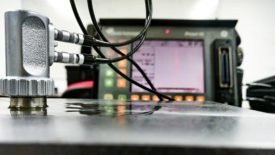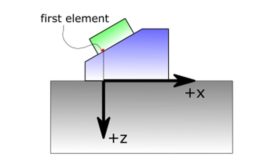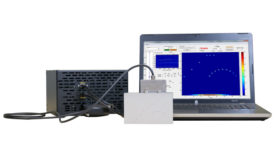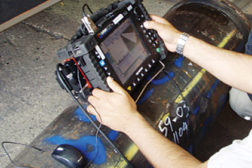Home » Keywords: » total focusing method (TFM)
Items Tagged with 'total focusing method (TFM)'
ARTICLES
NDT | Standards
As technology continues to advance, ultrasonic testing advances too.
Read More
NDT | Phased Array
The Hilbert Transform’s Role in Transforming TFM
With improvements to TFG technology, more users of conventional phased array are showing interest in incorporating the method into their procedures.
August 8, 2022
TFM Acoustic Influence Map
The total focusing method (TFM) is a synthetic aperture beam forming technique that has been under active development in the NDT industry over the past decade.
February 8, 2020
Transformative Technologies and What They Mean for Inspection
These technological advances stand to impact all nondestructive testing methodologies.
February 1, 2018
NDT - Ultrasonics
Market Analysis
Where is The Ultrasonic Nondestructive Test Equipment Market Headed?
June 12, 2013
Get our new eMagazine delivered to your inbox every month.
Stay in the know with Quality’s comprehensive coverage of the manufacturing and metrology industries.
SIGN UP TODAY!Copyright ©2024. All Rights Reserved BNP Media.
Design, CMS, Hosting & Web Development :: ePublishing

.jpg?height=168&t=1659976174&width=275)


